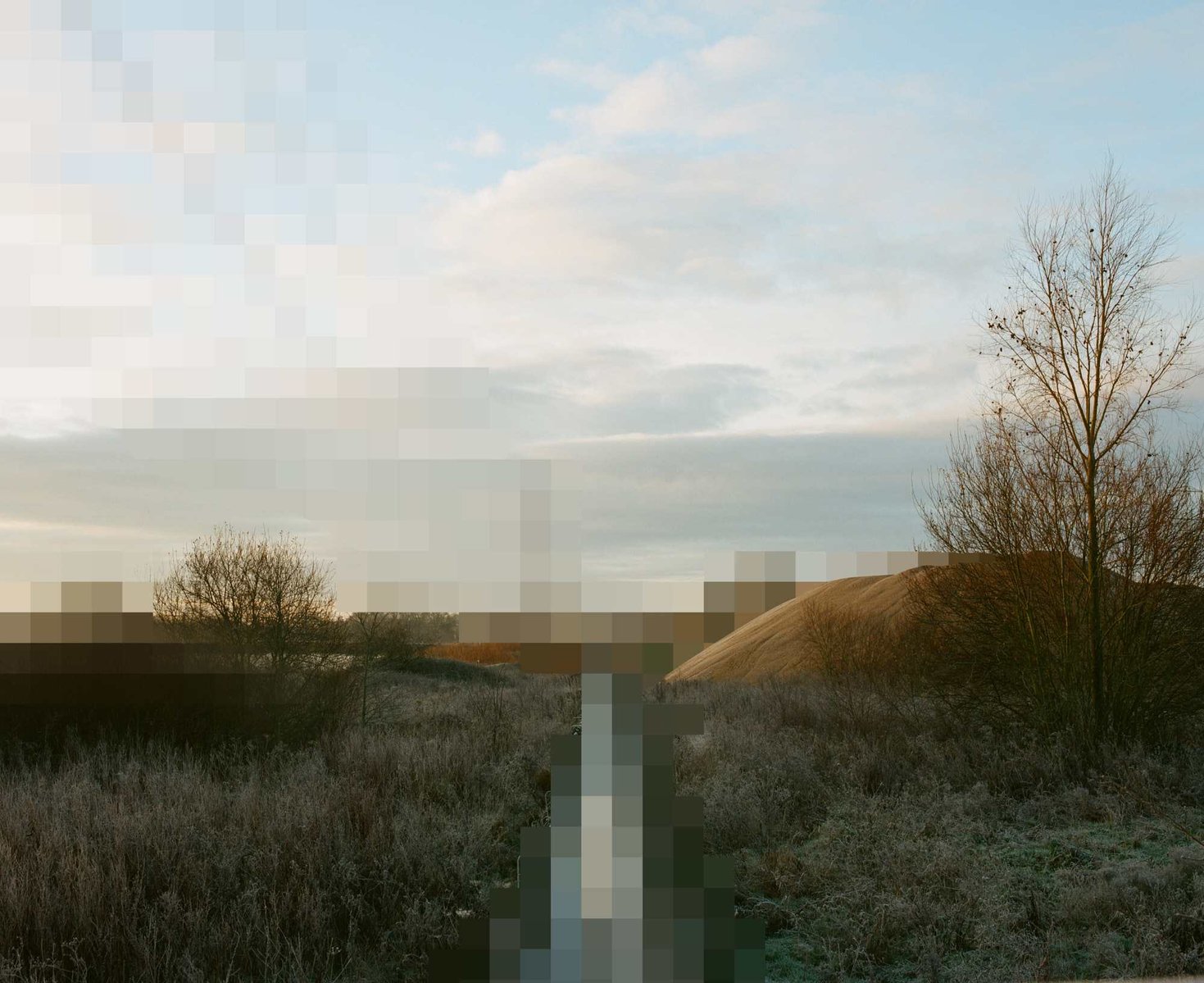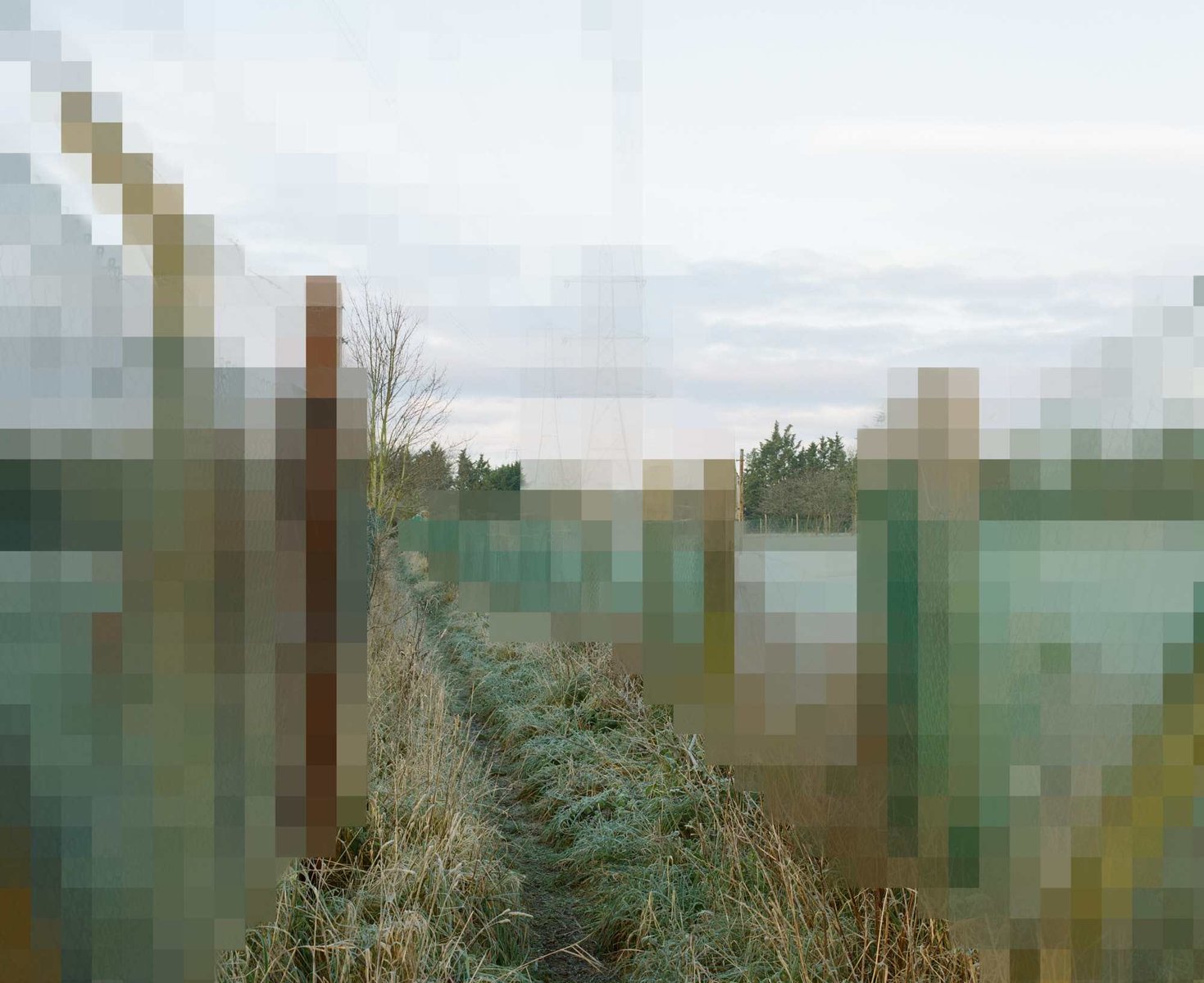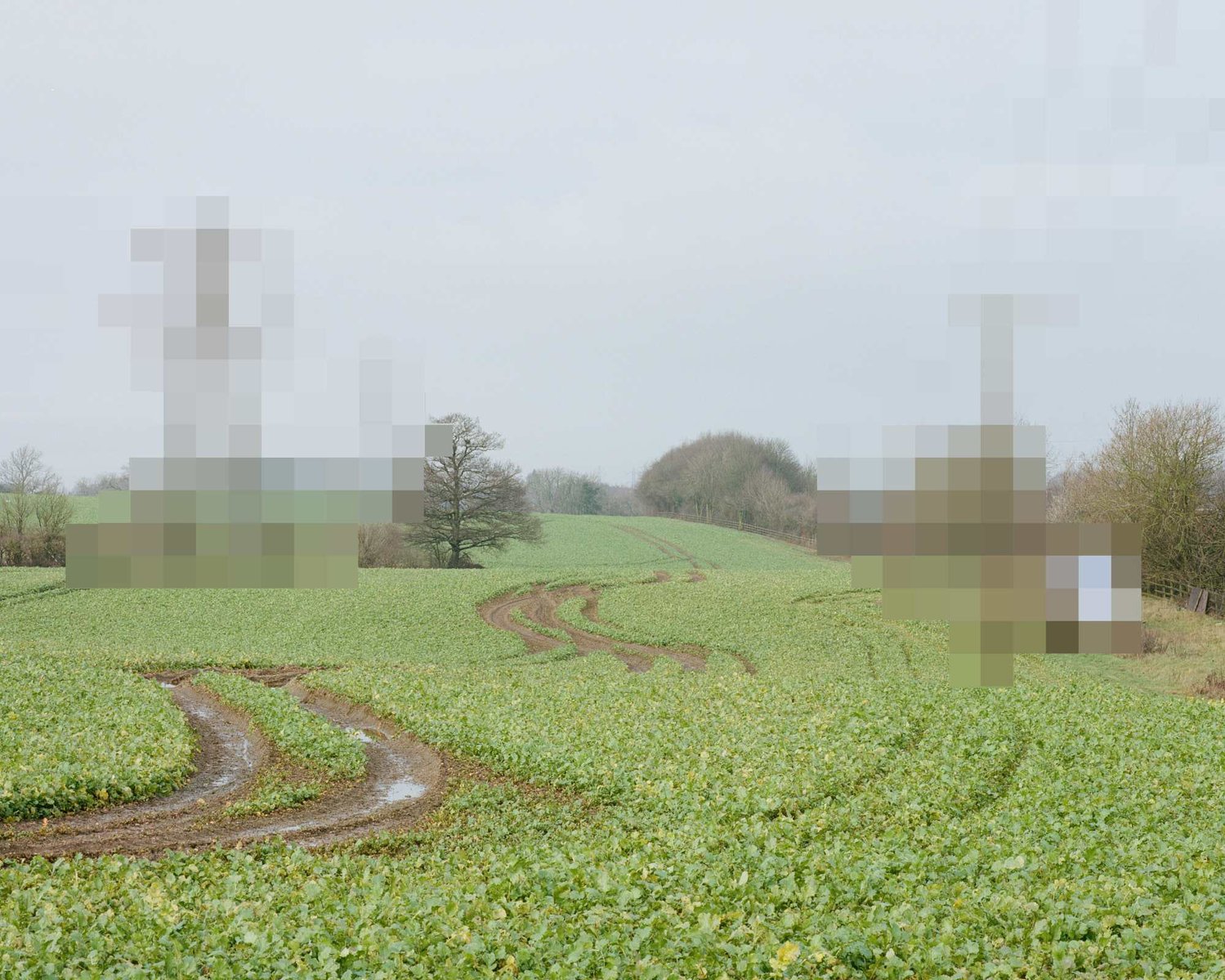Obstruction Work In Progress
PHO702 Work In Progress / MA Falmouth University
Obstruction, Henry Woide. 2021
I’m assessing my recent photographic experimentation using the ‘What?’ methodology “a useful and straightforward approach for structured reflection” (Simmons,2017). This approach simply asks What? So What? and Now What? in a practical approach to assessing the scope of the work and critically reflect upon what went right, wrong and what you might do in the future to re-portray these ideas.
What?
These images titled obstruction locate my photographic practice in an experimental phase with the aim that I want to achieve with the project Road To Nowhere but have yet to do so. They take negatives I made with an analog camera and digitally manipulate them using pixelation software in photoshop to ‘obscure’ the landscape.
Revisiting the work in my journal I see it as a simple interpretation of obscuring the landscape and might not be as aesthetically pleasing as the work without digital manipulation. Though I think it is a positive step in a direction that I’d like to experiment in the work. The project is currently a documentary project following psychogeographical methodology in the land, an exchange of messages between myself and the landscape, the work is trying to speak about an experience of communication between myself, the audience, and the landscape.
To cite Susan Derges”I think of it as being like a trigger; I’m not telling someone how it is, I’m triggering them to open up to their own experience to either remember or grasp and explore a set of imaginative or reflective processes. It has got to catalyse an internal event in the other people. It’s very much about an exchange or communication” (Simmons, 2017)
So What?
Interpreting the work I see it as an expression of the obstruction (psychical barriers, fences, gateways) and surveillance in the landscape that often prevent my freedom or right to roam where I want. The work is an expression of my feeling in lockdown during the coronavirus trying to find my outlet and ability to travel through space unhindered and not trapped inside, I thought I’d find freedom here but instead, I’ve found restriction.
But maybe the work is no more than a countryside flanêur “stimulated and agitated by the buzz and hum of the city, the crowd; he is both parts of and separates from the urban spectacle, both actor and observer.” (Elkin, 2016) The privilege of a white male claiming his ownership over the land with his camera objectifying the land as a mere postcard of his time in the land and a commodity that is ready to be bought and sold much like the land of which is photographed.
Fig 2: Remapping Landscape, 4. Rossato, Caterina. 2016
Now What?
More experimentation is needed maybe through collage, rephotography, or sculptural inserts into the landscape that could help play with the idea of the landscape being obscured or watched. Following the path between private and public land and not straying too far, these will be considered in future action. To cite Simon Norfolk “I try to find ways of embedding stories in the photograph—as if the landscapes were spewing up the evidence, as if they were just waiting for a camera to capture their hidden histories.” (Simmons, 2017) I think this is relatable to my work and can be incorporated in how I try to interrogate the landscape and visually identifying what it is that can be told about the landscape through visual representation.
Bibliography:
Bibliography: Read, S., & Simmons, M. (2017). Photographers and Research: The role of research in contemporary photographic practice (1st ed.). Routledge. https://doi-org.ezproxy.falmouth.ac.uk/10.4324/9781315730462
Elkin, L. (2016) “A tribute to female flâneurs: the women who reclaimed our city streets” WWW: https://www.theguardian.com/cities/2016/jul/29/female-flaneur-women-reclaim-streets
Figure:
1. Obstruction, Henry Woide. 2021
2. Remapping Landscape, 4. Rossato, Caterina. 2016




